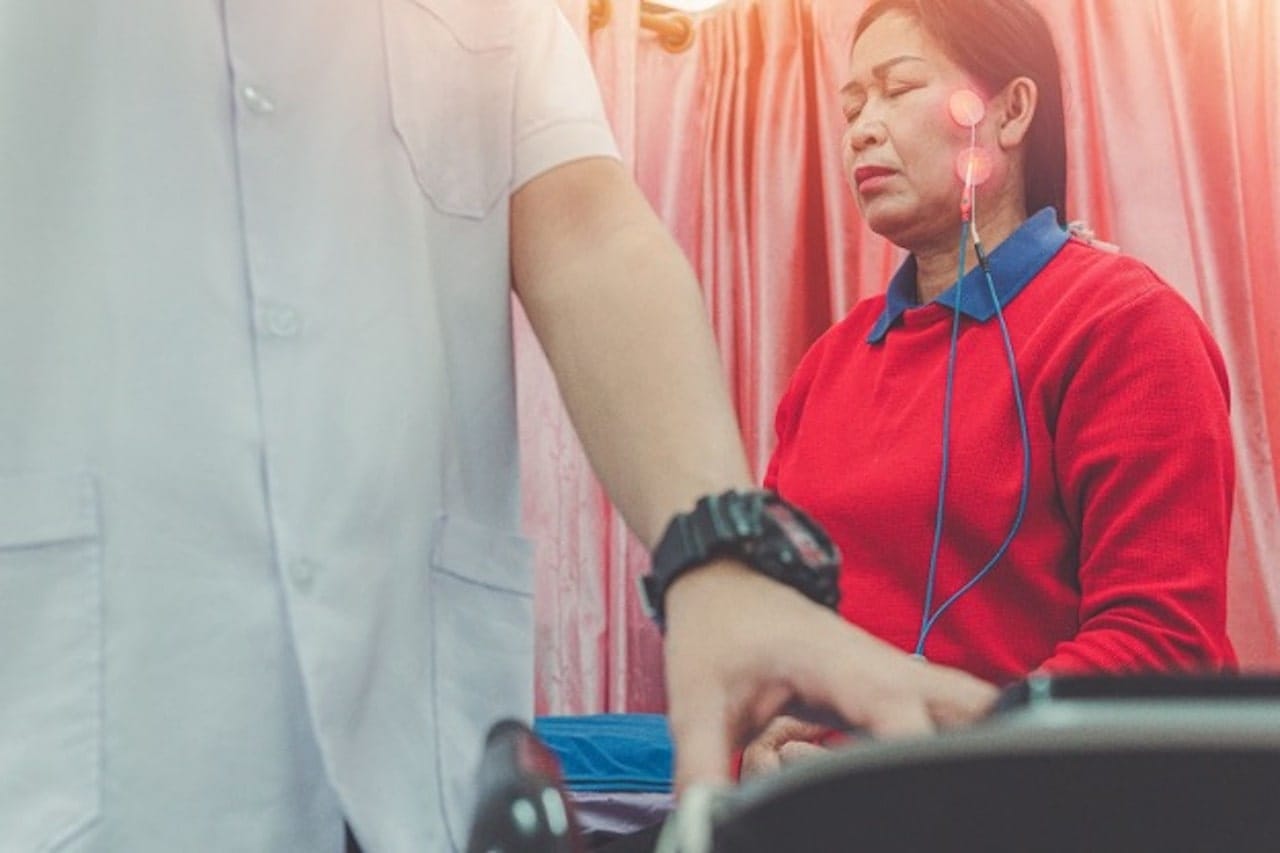What Is Bell’s Palsy?
Bell’s palsy, also known as idiopathic facial palsy, is a sudden weakness or paralysis on one side of the face. It is caused by inflammation on the facial nerve, which is usually temporary.
What are the symptoms of Bell’s palsy?
- The most common symptom of Bell’s palsy is the sudden weakness or paralysis on one side of your face causing it to droop.
- Drooling.
- Eye issues such as excessive tearing or a dry eye.
- Altered taste.
- difficulty eating and drinking
- Sensitivity to sound.
- Pain in or behind your ear.
- Numbness in the affected side of your face.
- Dry mouth
What are the causes of Bell’s palsy and what Is the main cause of Bell’s palsy ?
Bell’s palsy is facial nerve paralysis of unknown cause but it’s often related to having a viral infection. Viruses that have been linked to Bell’s palsy include viruses that cause:
Some viruses which have been believed to be common Bell’s palsy causes are:
- Cold sores and genital herpes (herpes simplex)
- Chickenpox and shingles (herpes zoster)
- Mumps
- Flu
- Infectious mononucleosis (Epstein-Barr)
Other conditions that may cause Bell palsy are:
- HIV infection
- Lyme disease
- Middle ear infection
- Sarcoidosis
What is the best cure for Bell’s palsy and what happens If Bell’s palsy Is untreated?
Most people with Bell’s palsy fully recover even without treatment. But some medications or physiotherapy can help speed up Bell’s palsy recovery. Some studies showed that about one third of untreated Bell’s Palsy patients suffered from long term effects such as facial spasms and disfigurement, and chronic pain.
The best Bell’s palsy treatment will vary between individuals but most will be prescribed corticosteroids to reduce the facial nerve inflammation of the facial nerves. Some patients may be prescribed antiviral drugs like acyclovir to speed up the recovery process.
What Is The Best Treatment For Bell’S Palsy?
Bell’s palsy improves without treatment. Still, your healthcare provider may recommend one or more of these therapies for symptom relief and a faster recovery:
Another effective Bell’s palsy treatment is eye care which is crucial in protecting the eyes from injuries and irritants. If your eye does not close completely, the use of glasses or goggles is beneficial. An eye patch can be used at night.
Decompression surgery to ease nerve pressure eases pressure but it is rarely done because it may cause permanent nerve damage and loss of hearing.
Another beneficial treatment for Bell’s Palsy is Physiotherapy.
A registered physiotherapist can assist with providing education and support during recovery in order to reduce secondary complications.
- Electrical muscle stimulation is used to stimulate the nerve fibers in order to help maintain some of the strength, which then promotes faster recovery,
- Daily exercise regimen
- Soft tissue massage can be applied to the head and face to help with aches and help stimulate repair of innervation for the facial muscles.
Recovery from Bell’s Palsy
In general, people whose paralysis is less severe tend to start to improve with or without treatment after a few weeks, with complete recovery of facial function within six months. If symptoms start to improve within the first 21 days, chances are there will be complete recovery with no residual facial muscle weakness.
At Physiotherapy Oakville, we understand the importance of early intervention and personalized care in facilitating recovery. Scientific studies have shown that timely physiotherapy can enhance the recovery process for facial paralysis, minimizing residual muscle weakness and improving overall outcomes. By joining Physiotherapy Oakville, you gain access to expert physiotherapists who provide evidence-based treatments tailored to your specific condition, supporting a faster and more complete recovery.
What are the complications Of Bell’s palsy?
Some of the complications of Bell’s palsy are:
- Irregular regrowth of nerve fibers and irreversible damage to your facial nerve which can result in synkinesis. Synkinesis is a condition in which moving one part of your face causes involuntary contraction of another.
- Excessive eye dryness on your affected side, which can lead to eye infections or even vision loss.
- Some people don’t fully recover and are left with long term facial paralysis and drooping.
Bell’s Palsy versus Stroke
Cause
The cause of Bell’s palsy is uncertain but some viruses like herpes zoster, herpes simplex, and mumps have been believed to be connected to Bell’s palsy.
Stroke is caused by high blood pressure, heart disease, high cholesterol, previous stroke.
Diagnosis
Bell’s palsy does not require any specific testing. Your doctor may ask you to perform specific facial movements such as eyebrow raising, frowning, smiling, and eyes closing. At times, EMG or MRI may be conducted to rule out stroke.
Diagnosing strokes is dependent on several factors. Some imaging scans are used to assess the brain and its blood supply.
Treatment
Treatment of Bell’s palsy are corticosteroids and antiviral medications, pain medications, and physiotherapy.
There is a more complex approach in treating stroke and its treatment is dependent on the type of stroke.
Our More Locations
Physiotherapy Etobicoke | Physiotherapy Oakville | Physiotherapy North York | Physiotherapy Toronto | Physiotherapy Lawrence Park | Physiotherapy Mississauga | Physiotherapy Queens Quay | Physiotherapy Mississauga Erin Mills | Physiotherapy Liberty Village
Click HERE to book an appointment with a physiotherapist at one of our eight locations.
- Physiotherapy Etobicoke – Triangle Physiotherapy Etobicoke
- Oakville Physiotherapy Clinic – Triangle Physiotherapy Oakville
- Physiotherapy North York – Triangle Physiotherapy North York
- Mississauga Physiotherapy Clinics – Triangle Physiotherapy Mississauga
- Downtown Physiotherapy Clinics – Triangle Physiotherapy King West
- Uptown Physiotherapy Clinics – Triangle Physiotherapy Lawrence Park
- Physiotherapy Clinic Downtown Toronto – Triangle Physiotherapy Queens Quay
- Physiotherapy Clinics Mississauga – Triangle Physiotherapy Erin Mills
“Addressing Bell’s Palsy and related back pain requires a comprehensive approach, including specialized stretches and physiotherapy. Triangle Physiotherapy offers expert services across the GTA, including Physiotherapy in Etobicoke, Oakville, North York, Toronto, Lawrence Park, Queens Quay, Erin Mills, Mississauga, and Liberty Village. Our experienced physiotherapists can help you manage symptoms and improve your quality of life through personalized treatment plans.”



